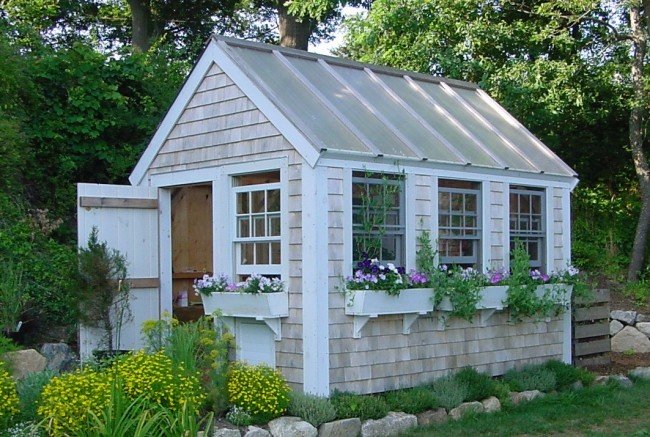Source: homeadvisor.com
Published: January 25, 2017
Recycling has become a popular way for people to reduce trash that goes into landfills and help the environment. Many people routinely take actions like separating out their paper, plastics, and metals, dropping off old electronics at a recycling center rather than throwing them out, and properly disposing of used light bulbs and batteries. But an often overlooked option for many households that can further help reduce waste is the simple practice of composting.
What Is Composting?
Composting is the process of taking natural organic material, such as eggshells, coffee grounds, grass trimmings, and banana peels, and placing it in a bin, then encouraging it to break down over time into a nutrient-rich fertilizer that can be used on your lawn and garden.
- Composting at Home
- State of Composting in the U.S.: What, Why, Where, and How
- Making Compost
- How to Compost at Home
Why Should You Compost?
Did you know that yard and food waste make up about 30 percent of all waste produced in the United States? All of that will end up in landfills and can contribute to the production of greenhouse gases, which contribute to the problem of global warming. Composting can help keep these biodegradable materials out of landfills. In addition, if you’re a gardener, you can also enjoy the benefits of a free fertilizer that retains water better, reduces the risk of pests targeting your plants, and provides a major boost in nutrients that will allow your plants to grow much better.
- Backyard Composting
- Reducing Wasted Food From Households: Putting Food to Good Use
- Turn Garbage Into Gold With Composting
- Composting with Worms
- Worm Composting Basics
- Composting With Red Wiggler Worms
How Can You Compost?
There are several ways to start your home composting system, depending on your preferences and the size of your yard. Some of the types of composting you will come across involve holding units, turning units, heaps or mounds, sheet composting, pit or trench composting, or worm composting. Be sure to do your research to find the best method for you.
Unless you have decided to use a compost bin that you can roll away, take your time when deciding on where to put your bin. It can take up to three years, depending on the size of your pile, for your heap to fully decompose into compost. If you plan on composting a lot of material, consider making several smaller piles to speed up the process rather than creating one large heap. When a pile is too big and you keep adding new material to it, it can take much longer for it to break down.
If you are new to composting, don’t be afraid to use a compost activator to help with the decomposition process. These products can help balance out the amounts of carbon and nitrogen present in your pile. It takes time and practice to find the correct balance of materials that will decompose most efficiently, and a little assistance from an activator can help you along until you get the hang of it.
- How to Compost Food Scraps
- Make a Compost Tumbler
- Building Your Own Composting Bin
- How to Build a Compost Bin
Tips to Keep in Mind
Home composting is different for everyone and best learned through practice. The more you do it, the better you’ll understand the unique requirements for your compost pile. After a while, you’ll be able to easily spot when your compost pile has finished decomposition, for instance. The original organic wasted will turn into a dark brown, crumbly material with an earthy smell very much like that of bagged potting soil.
Remember, some compost methods will require less attention than others, but all of them need to be maintained on a regular basis to successfully complete the decomposition process. For instance, if the pile smells bad, there is either not enough air or there is too much moisture. To solve this, you either need to turn the pile or add dry materials. Be sure to crush or shred any materials you use for composting: The smaller the pieces, the faster and more efficient the process will be.
Do not put meat, bones, fatty or starchy foods, or animal manure into a compost pile. This will attract flies, rodents or even your pets. Also avoid adding grass, plants, or weeds that have been treated with pesticides: You won’t want to use the finished compost in your garden if it has been saturated with potentially harmful chemicals.
Related resources:
- Organic Home Gardening Tips to Feed Your Whole Family
- Composting and Landscaping at Home
- Gardening Hacks to Protect and Nourish Your Plants
- Home Energy Conservation for Kids
- Exercise at Home with Your Home Fitness Equipment
- Go Green at Home! For Kids & Adults
- Five Things To Know About Home Office Attitudes and Trends
- Home Fitness: How to Choose Exercise Equipment and Where to Place It
- Backyard Tree Identification Guide
- Do It Yourself: Backyard Agility Training for Your Dog

